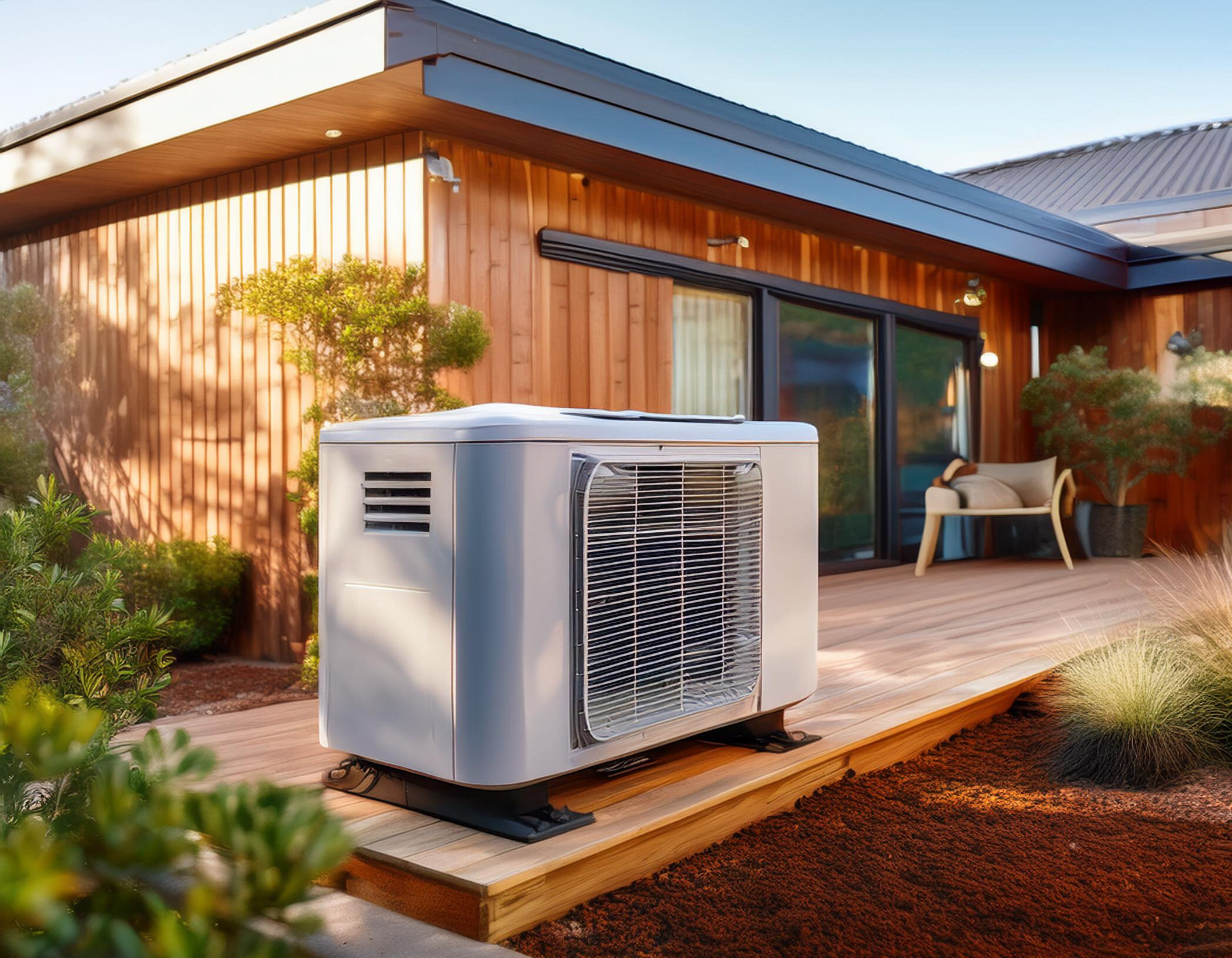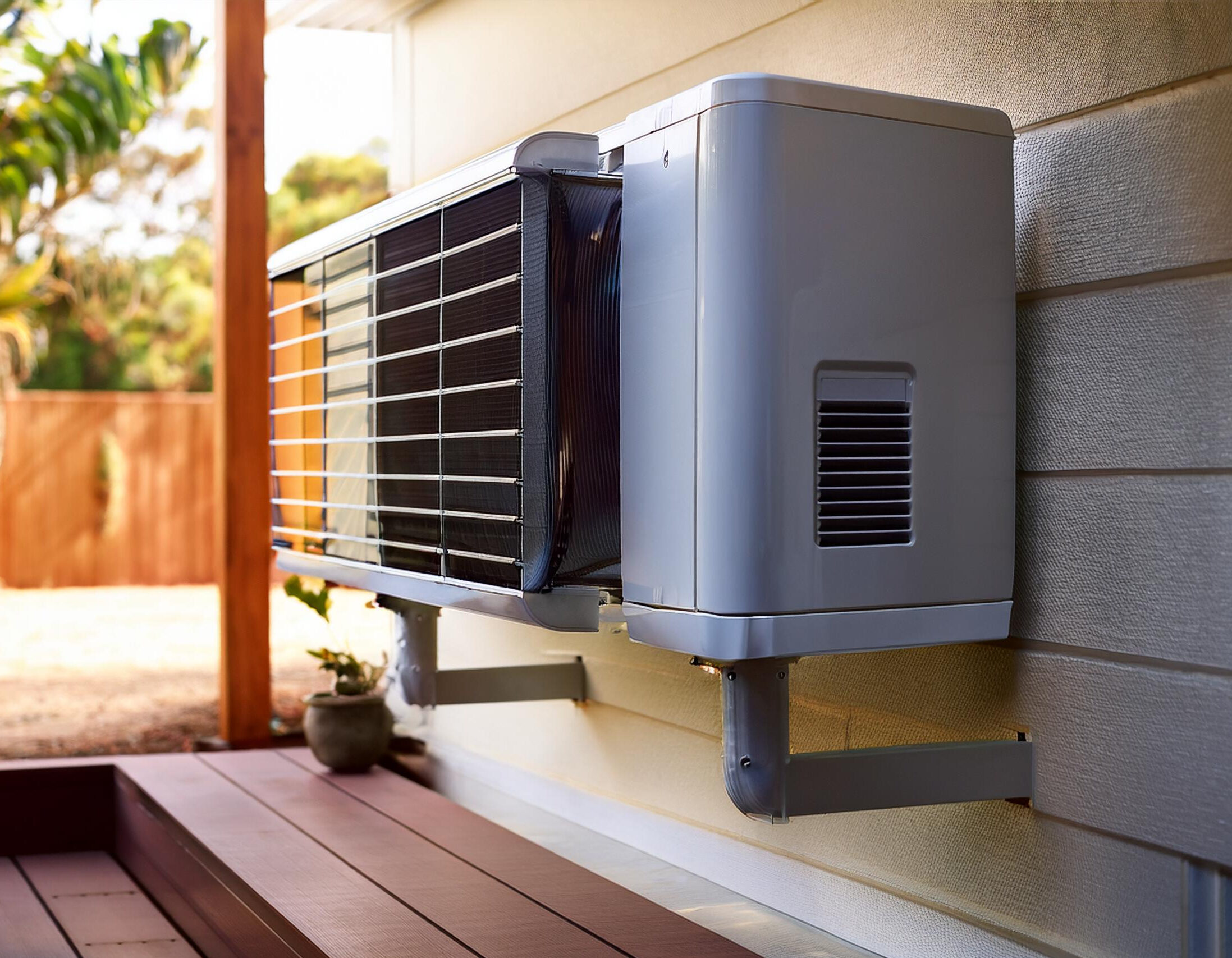
What is Mechanical Ventilation for Homes?
Mechanical ventilation systems, such as Heat Recovery Ventilation (HRV) and Energy Recovery Ventilation (ERV), are essential components of modern homes.
These systems supply fresh, filtered air from outside into every room while extracting stale air from areas like bathrooms, kitchens, and laundries. Properly installed mechanical ventilation for homes improves air quality, reduces the risk of mold, and controls humidity levels, making your home healthier and more comfortable.

Why do I need a Ventilation System?
You might wonder, houses have been around for centuries without these systems—so are they just a new gadget?
If you’re building a certified passive house, high-performance home, or a solar passive house, airtightness is essential. It ensures your building performs well and keeps you comfortable.
Airtightness refers to how much air passes through the building’s envelope with closed doors and windows. For a solar passive home, the goal is around 5 air changes per hour (ACH). In a passive house, it should be 0.6 ACH or below. Lower numbers indicate better airtightness. For context, older Australian homes typically have rates around 20 ACH, meaning the air inside the house changes 20 times per hour.
Solar passive designs use natural airflow, window placement, and orientation to optimize heating and cooling. With these principles, mechanical ventilation may not be necessary, but homeowners need to manage window openings for the best natural temperature control.
Why Passive Houses Need Mechanical Ventilation
In passive houses, mechanical ventilation is crucial for maintaining healthy air. Building airtight homes without it can lead to poor ventilation, resulting in mould and other issues. Even well-designed solar passive homes can benefit from mechanical ventilation, especially in areas with less cross-ventilation.
You can also install ventilation units to fix existing air quality problems. However, be cautious when dealing with air flow and humidity—it’s best to work with someone who understands the science behind it.
What About That Spare Room?
Do you have a spare room or office where the windows are rarely opened? When you enter, your instinct is to open a window and let fresh air in. That’s your body responding to stale air. Our bodies need oxygen-rich air to function properly. With a ventilation system, every room will feel fresh and well-ventilated, without losing heat during winter.

Don't I Just Need Air Conditioning?
Air conditioning is fantastic for efficiently heating and cooling your home. I’m a big fan of air conditioning, especially when paired with solar panels in summer. However, air conditioning and HRV units serve different purposes and shouldn’t be compared. Air conditioners recirculate the same air within a room after cooling or heating it. In contrast, an HRV or ERV brings fresh air into the home and removes stale air. Together, they can work in harmony, delivering fresh, filtered air while keeping temperatures comfortable year-round.
Getting It Right
A good ventilation and air conditioning system is essential for healthy, comfortable living. But if the setup is wrong, it could increase humidity, discomfort, and poor air quality.
That’s why it’s important to work with a knowledgeable builder who can deliver quality results. Contact us today to learn how installing a ventilation system can improve your home’s air quality.
